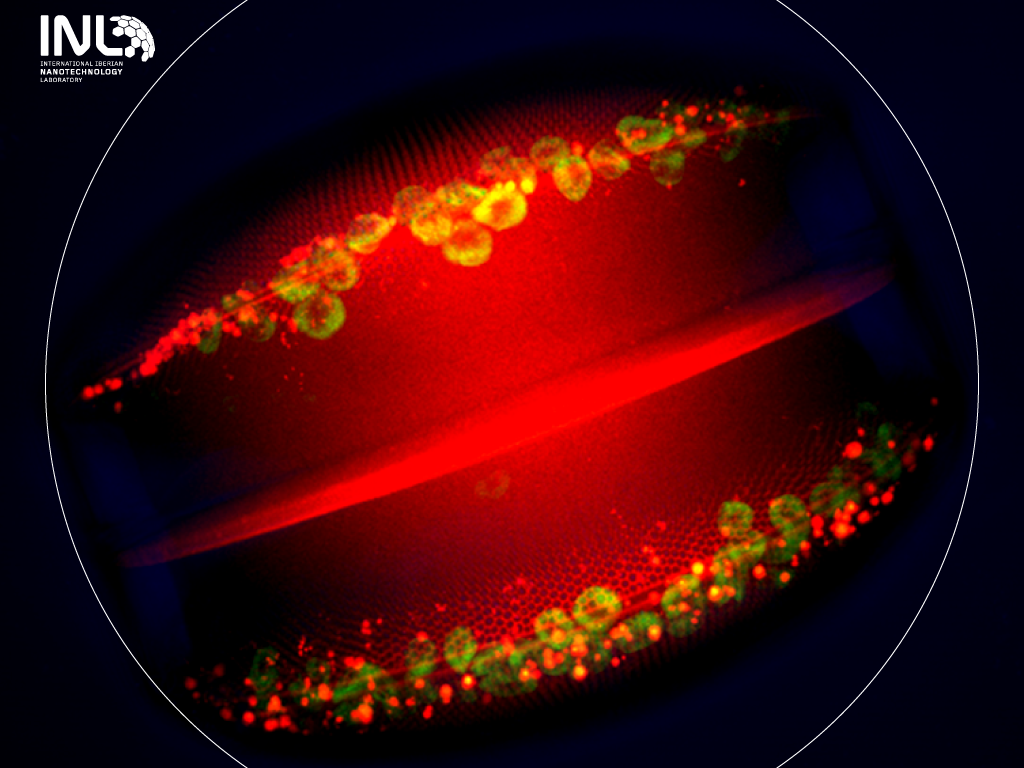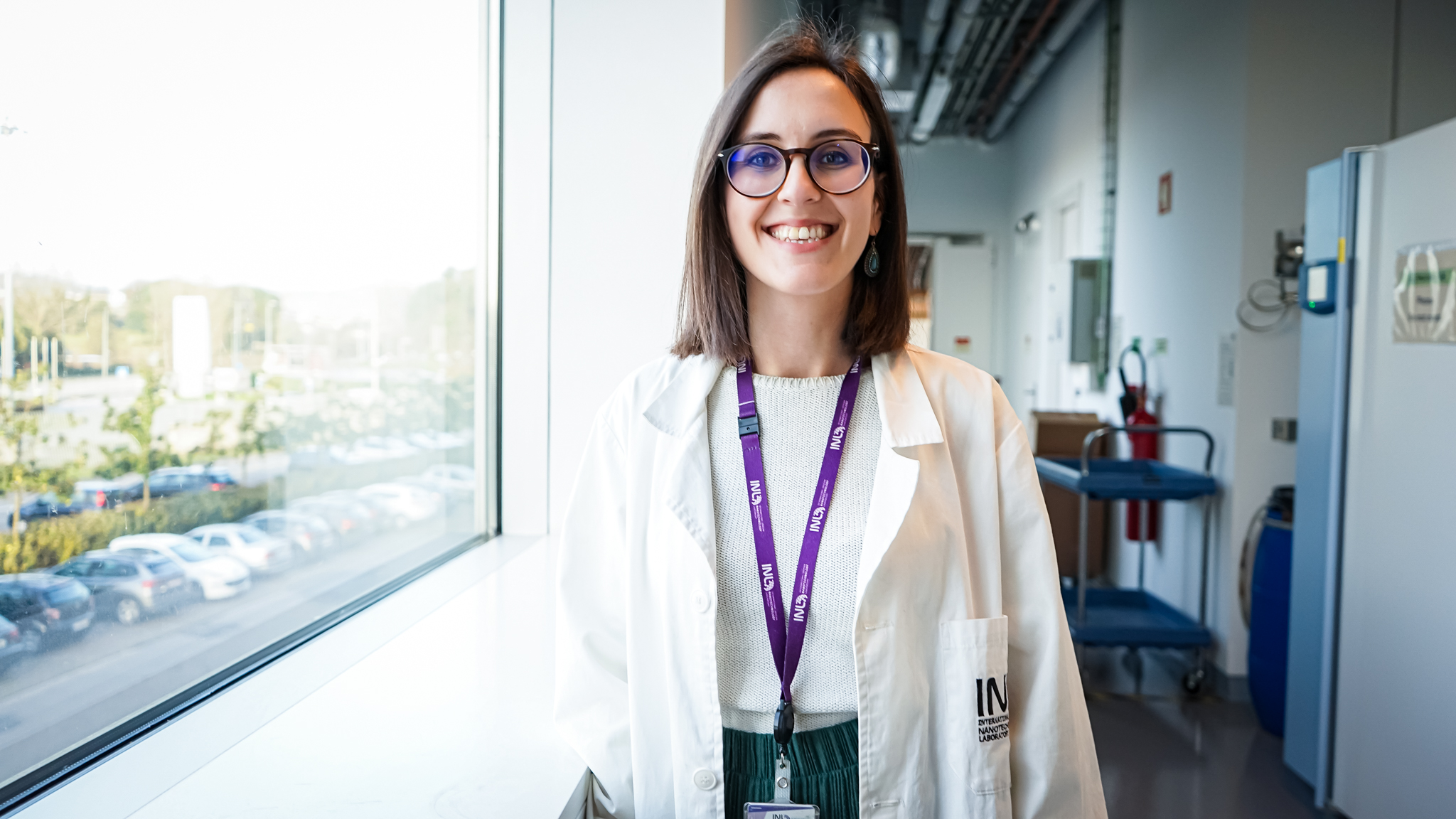
Nanophotonics from Nature
May 21, 2020
Photonic nanostructures surround us in our everyday lives as key components in telecommunication and scanning technologies, sensors and advanced medical devices. These structures are so minute that 10,000 features could fit on the tip of a needle.
In a recent study published in the journal Advanced Science, a team of researchers from the Natural and Artificial Photonic Structures and Devices Group at the International Iberian Nanotechnology Laboratory in Portugal demonstrated that nature has evolved advanced photonic nanostructures known as photonic crystals, in algae called diatoms. These tiny organisms occur in almost every river, lake and ocean in the world. Diatoms form sparkling shells made of pure glass that, due to their nanoscale features, can manipulate sunlight just like modern, man-made photonic nanostructures. Just go to your nearest beach and you might find them.
“It is astonishing to see such well-defined photonic patterning from a natural system – qualitatively comparable to what we usually build with modern nanofabrication techniques” notes Dr. William Wardley. In fact, the only things needed to obtain those natural photonic crystals from diatoms are water, nutrients and sunlight, just like a regular house plant. “Photonic materials from diatoms are of high quality, but a key factor for their technological implementation is the reproducibility.” explains team leader Dr. Martin Lopez-Garcia. “In fact, we observed that the photonic properties are highly reproducible, independently of the strain we tested.” Their findings suggest that diatom-based photonic nanomaterials are a real possibility as cost-effective and environmentally-friendly alternatives to nanofabrication, especially in regions of the world where those techniques are unavailable.
Why diatoms evolved such complex photonic structures is still unknown. “This is one of the great mysteries of the diatoms” says Dr. Johannes Goessling. “There has been significant speculation over the past decades that the shells could be beneficial for light harvesting by the cell.” In fact, diatoms use sunlight very efficiently to convert carbon dioxide from the atmosphere to organic materials, via a process known as photosynthesis. But how the photonic structures could interact in this process is still unknown. The team now wants to understand why photonic crystals evolved in diatoms, to advance our general understanding of light-matter interaction in nature and, inspired by nature, to seek alternative ways of sustainable light-harvesting strategies for the future.



